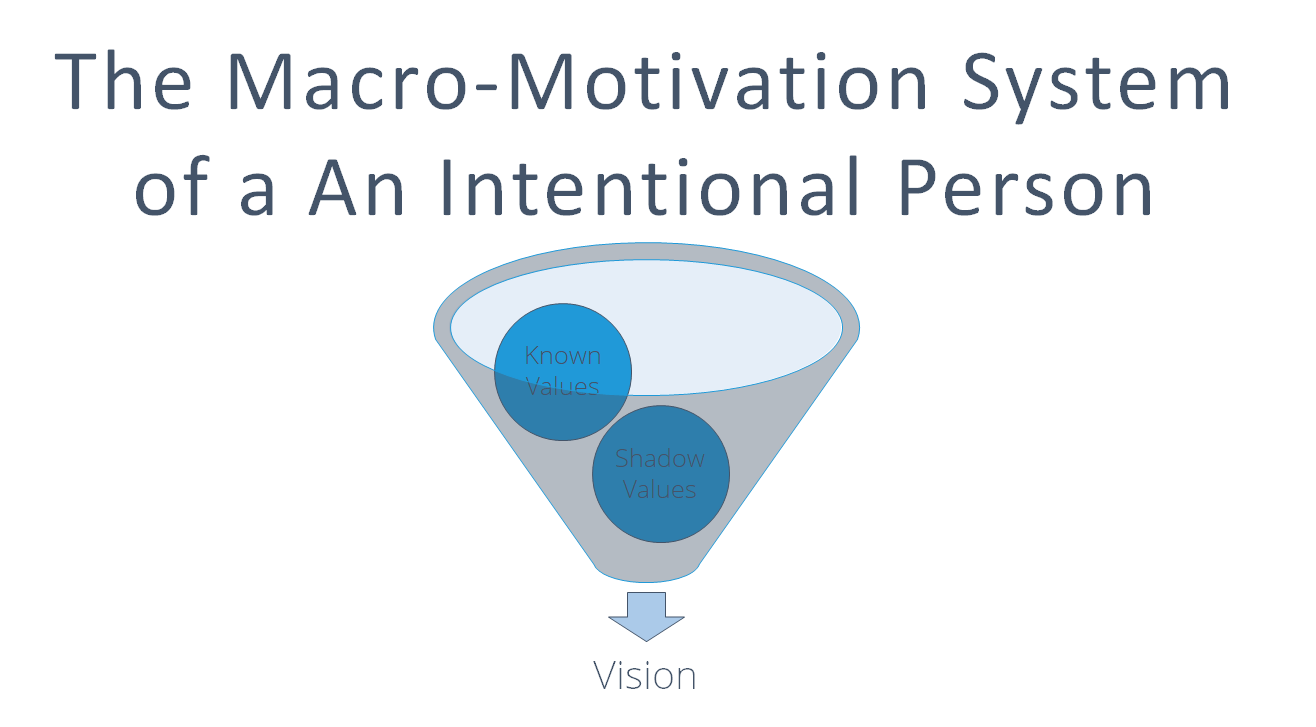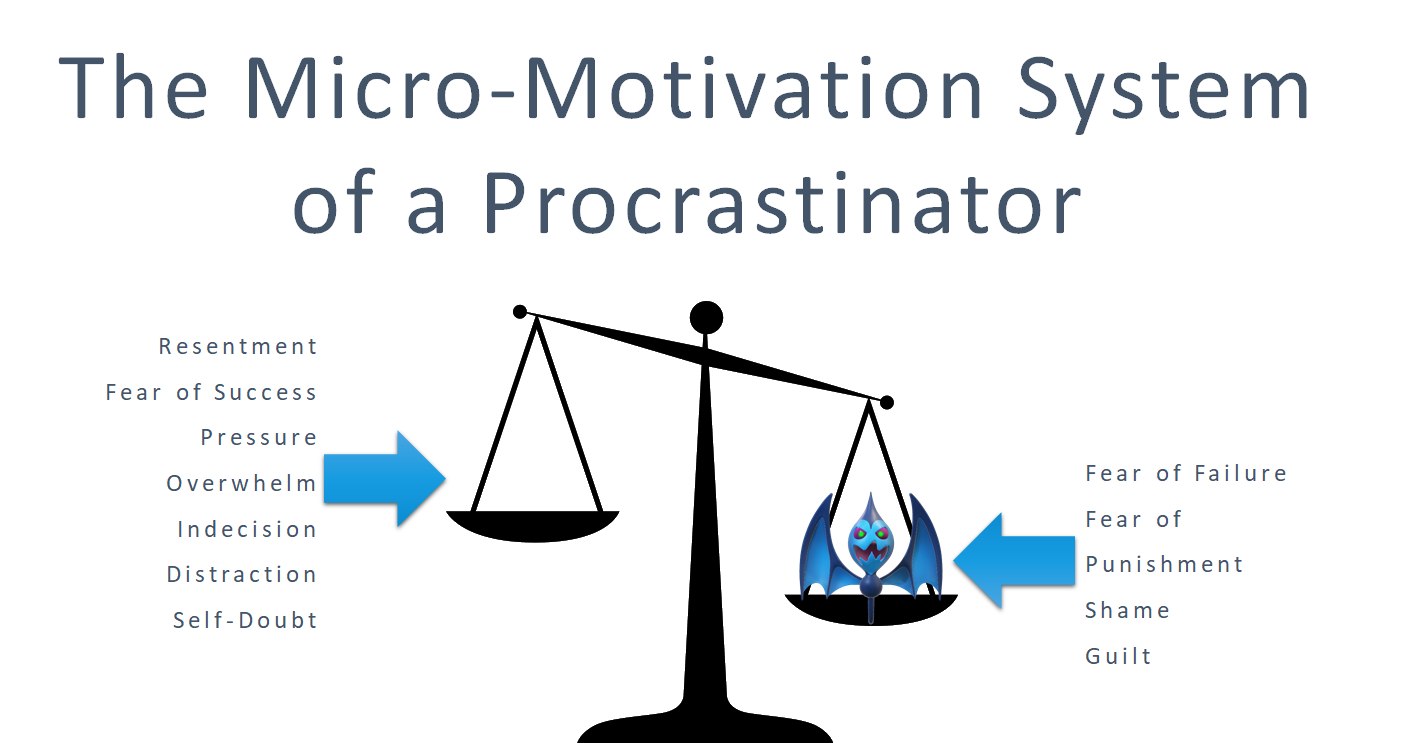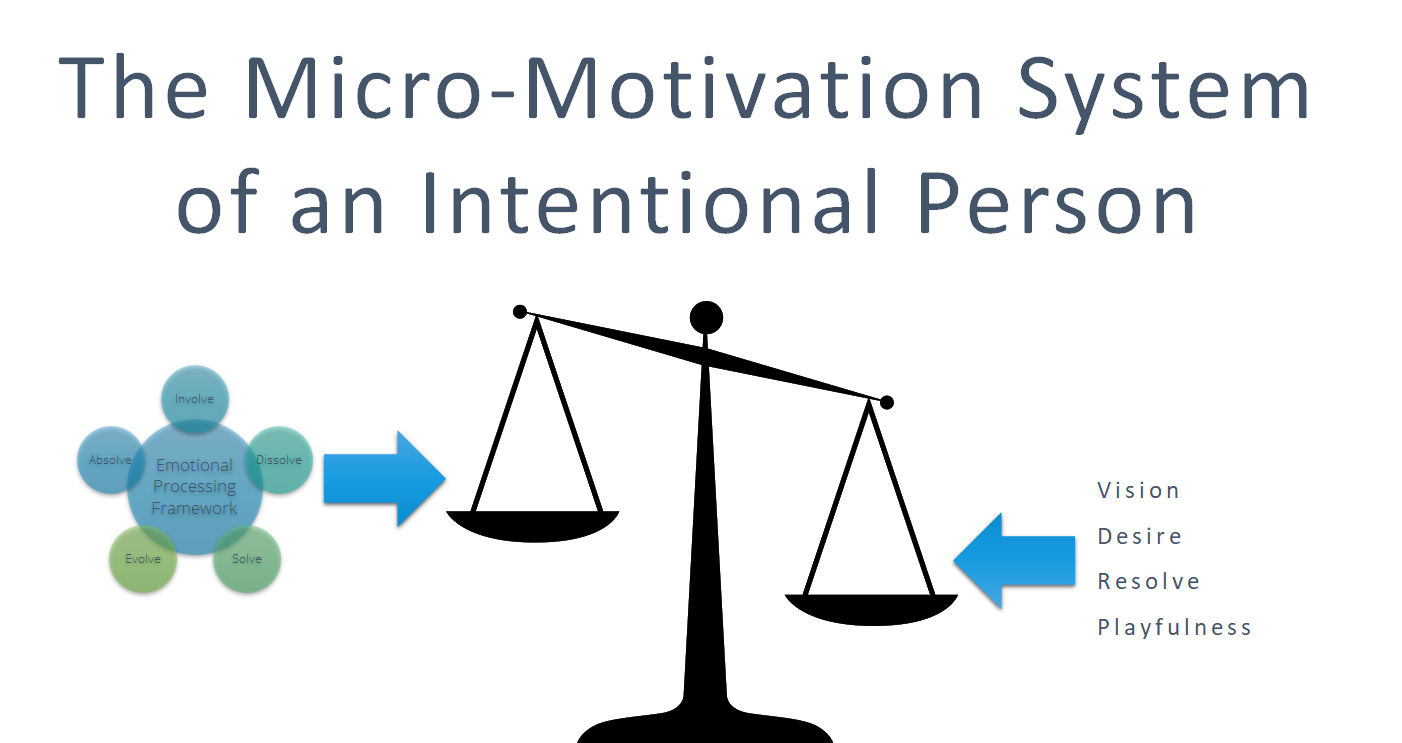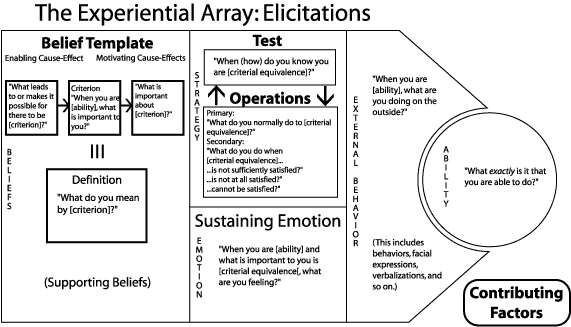Thoughts as open tabs
post by ryan wong (ryan-wong) · 2020-06-29T12:13:54.132Z · LW · GW · 12 commentsContents
12 comments
I work better at night. At around midnight, I'm more prone to entering a state of relaxed focus, my mind making more lateral connections when reading or coming up with ideas that will likely have great positive impact on my personal life and work.
This happens after a hard workout too, or after having a stimulating discussion with a trusted, unbiased, and driven friend.
The conflict comes every day I wake up in the morning, and it's as if the open tabs of useful thoughts in my mind have closed, refreshed, but with no Command+Shift+Tab to reopen them exactly the way they were. I feel different in the morning; without the vision and subjective "charged" state I felt the night before, my mind doesn't give me a clear path to execute on the useful thoughts from yesterday. I don't have full access to that action-taking state.
It's logical that the subjective impact of thought and motivation changes from day-to-day. I wouldn't want to remember and feel the embarrassment from a social faux pas I made last week, every day. I just want to be able to capture and feel more of the good stuff from the day or week before. To feel the same emotional impact as when I first came across particular insights, so that I'll follow through on that with fervor and persistence.
Is there a way of hacking the brain to get the upside, without incurring the downside?
It's almost as if I existed in two states: one which thinks that it has done enough and deserves surface pleasures and rest - akrasia, and its opposite, non-akrasia - buzzing with quiet energy, working towards fulfillment, constantly alert to ideas that I can implement.
I know that being in a state of non-akrasia for sustained periods of time is possible. There are the Elon Musks of the world, those who work 80 hour work weeks towards their very specific cause of choice. I choose to believe that they were not so much genetically predisposed to do so, as they had something to protect as well as systems that ruthlessly reduced friction and distraction and ritualized the state of Flow.
The importance of colonizing mars and reversing climate change are likely kept as open tabs at the forefront of Musk's mind, thoughts with deep significance to him, that has guided every business or engineering decision he has made.
Given the limitations of working memory, how do I keep my useful thoughts as open tabs after a night's sleep, or at least be able to access the full "History" and restore them? I'd imagine that if I was able to hack my brain to access the long-term-thinking, fulfilment-driven mode of non-akrasian thoughts, there will be exponential gains in the areas of my life that matter - no more instinctive checking, mindless scrolling of social media as distraction to fulfilling work, no more superstimuli foods to damage physical and mental health.
The cost of giving into temptation will be greater than the short-term benefits precisely because the open tabs show me that I'm forgoing a much greater physique or career impact if I take the easy path.
More importantly, it will give me the confidence to follow through on all of those thoughts in the exact way I intended to. Being able to remember the full rationale and potential impact of these thoughts, I will be able to execute them without second-guessing myself. Finding a system or trigger to access these thoughts from my subconscious, in order to act with conviction and consistency with my long-term goals - that is my priority at this point of time.
12 comments
Comments sorted by top scores.
comment by Matt Goldenberg (mr-hire) · 2020-06-29T18:07:59.804Z · LW(p) · GW(p)
I've done a bit of work on this. I'll try to map out my understanding, and you'll have to figure out which parts apply to your situation.
First, you've got to ask yourself, why do you have the oscillating motivation in the first place? What's going on there?
One answer, on a macro level, is that you're oscillating between being driven by your vision/mission/purpose, and being driven by your resistance - the thing that fears for your safety, or wants you to get rest, or whatever.

To stop these oscillations, the first thing to do is recognize what your resistance values, and incorporate that into your motivation system.

On a micro-level, it may be that you've learned to motivate yourself through shame/guilt and other negative emotions. So the longer you go without doing your task, the bigger your shame/guilt gets, until it finally causes you to act... then your shame and guilt goes away. Again, this creates oscillations:

To deal with this, you have to again deal with both sides of the equation. First, you have to learn how to process and remove all the negative emotions you have about a task. Then, you have to learn how to motivate yourself using positive rather than negative emotions

Once you've switched to a sustainable motivation system, the question becomes: How to connect with that motivation.
There are two parts to this:
- How do you get motivation and resolve for your tasks?
- How do you get into a creative, playful state that allows you to get into flow and work well on your tasks?
Again, we can split these into macro and micro.
On a macro level, we connect with our motivation and resolve by creating "creative tension" for our vision using a tool called Vision Contrasting. By letting ourselves see the tension between our vision and current state, it gives us resolve to achieve our vision. I recommend doing this every morning.

On a micro-level, we get into the proper state by asking ourselves "What's the nearest state to what I'm feeling right now that would allow me to feel meaning?," Then, "What value could I focus on to most quickly get into that state." This is called the "Meaning Maker."

On a Micro-Level, we can do a similar thing as vision contrasting, but instead contrast the end state of our task to the state of our task as it is now. This is called Motivational Contrasting.

Then, we need to figure out how we can get into that playful, creative flow. To do that, we have to ask ourselves "What's the nearest state to the one I'm feeling right now that would allow me to enjoy the task?", then "What single aspect of the task could I focus on or change to get me to that state?" This is called the Play Maker.

So, at this point:
You've stopped your vision and motivation from oscillating.
You've learned how to reconnect with motivation in the morning.
You've learned how to reconnect with the creative state that allows you to work best on your task.
Obviously, there's a bunch here I left out, but hopefully this helps a bit. I do teach this stuff for a living, so feel free to reach out if you want to take any of this further.
Replies from: ryan-wong↑ comment by ryan wong (ryan-wong) · 2020-06-30T01:48:16.461Z · LW(p) · GW(p)
That looks like an extremely well-thought out model, and I'm curious as to how it can be adapted from person to person?
I have had experience working with NLP and sports psychology techniques to set goals and change states. These techniques involve mental shifts similar to the system listed above. While I had bursts of insight and behavioral changes at first, these changes were more often than not short-lived, and I find that introspective techniques tend to have diminishing benefits, because there are no 'tangible' results I can point to mark progress.
Of course, I did all of the above without external guidance or feedback, so it might very well be that I was missing out steps.
Because of the above reasons, I have shifted more towards outward, non-introspective activity to directly impact my state through biochemistry, activities such as intense exercise or meditation or ingesting strong doses of coffee. However, I found that these have their own trade-offs as well.
My current model for effective next steps is to change my neural circuits/habits entirely using a combination of physical activities and introspection. The idea is to make the automatic cue-response pattern more effective and goal-striving, such that I'll be able to unconsciously make the right actions even when my state is unideal/do not have useful thoughts as open tabs. I will be grateful for any feedback on the plausibility of this idea and how to make it happen.
Replies from: mr-hire, ChristianKl↑ comment by Matt Goldenberg (mr-hire) · 2020-06-30T13:29:33.941Z · LW(p) · GW(p)
While I had bursts of insight and behavioral changes at first, these changes were more often than not short-lived, and I find that introspective techniques tend to have diminishing benefits, because there are no 'tangible' results I can point to mark progress.
This was my experience for the last ~10 years trying to overcome my procrastination as well. I tried lots of different techniques, they would work for a short period of time, and then I would return to baseline. I tried NLP techniques, I tried changing my biochemistry, I tried various checklist and todo systems, and everything was short lived.
It's only in the last 1.5 years or so that I've come to a place where this stuff sticks, and I'm just getting more and more focused/motivated/productive every day. Here's what I found work for actually internalizing these things:
The initial breakthrough was discovering the Experiential Array. This gave me a template for "the changes I need to string together to internalize things." I took all of the tools that had been effective for overcoming procrastination, put them into the array, and then went to interview people to find the parts of the array that I was missing:

This was great because instead of just blindly trying to use the tool during the initial burst of "this is working!" I could instead use that initial burst to instead make sure that all of the pieces of the Experiential Array were in place. I created a number of tools to ensure that I made the necessary belief, emotion, strategy, and behavior changes, such as the Virtual Habit Coach:
https://www.youtube.com/watch?v=d901U693d
The next big breakthrough was using Thinking at the Edge to try to understand the deeper structure of procrastination. This was when I started doing things like incorporating resistance into my vision, figuring out the relationships between techniques, and changing the parts of techniques that were unsustainable.
For instance, NLP state change techniques and sports psychology techniques didn't take into account your current state, which is fine for a short burst of energy during a sports match, but is fundamentally unsustainable. This led me to developing the "Nearest Meaningful State" and "Nearest Playful State" techniques to make sure I could continue to use them forever.
The final piece was using the Experiential Array to map out 5-second strategies for identity-level change, and taking the time to internalze those strategies. This way as I was taking on new strategies, I was changing my identity in tiny little increments along with my behavior, which avoided the "Identity Snapback Effect" that I'd sometimes experienced with previous changes.
Hope that helps!
Replies from: ryan-wong↑ comment by ryan wong (ryan-wong) · 2020-06-30T16:50:20.043Z · LW(p) · GW(p)
That, sir, might just have saved me ~10 years of work. Let me try to understand this better.
I took all of the tools that had been effective for overcoming procrastination, put them into the array, and then went to interview people to find the parts of the array that I was missing:
Are the text in the Experimental Array image a template for inputing these tools/"putting the pieces in place"? Could you point me to the source where the Array was formulated so as to better understand specifically how to fill in the text with my particular internal vocabulary/idiosyncrasies?
NLP state change techniques and sports psychology techniques didn't take into account your current state, which is fine for a short burst of energy during a sports match, but is fundamentally unsustainable. This led me to developing the "Nearest Meaningful State" and "Nearest Playful State" techniques to make sure I could continue to use them forever.
This is definitely a new insight for me. It puts Play Maker and Meaning Maker into perspective and clarifies their purpose.
Lastly, the YouTube link leads to a "video unavailable" page. Does it have to do with the Virtual Habit Coach? It certainly looks like a complex and nuanced model that has potential huge upside if implemented correctly.
Replies from: mr-hire↑ comment by Matt Goldenberg (mr-hire) · 2020-07-06T02:38:39.757Z · LW(p) · GW(p)
Are the text in the Experimental Array image a template for inputing these tools/"putting the pieces in place"? Could you point me to the source where the Array was formulated so as to better understand specifically how to fill in the text with my particular internal vocabulary/idiosyncrasies?
Yes, essentially was taking the different tools and slotting them into multiple arrays, allowing me to break up each "ability" related to overcoming procrastination into it's component parts.
The 90's looking website that hosts the two books on the experiential array is here: http://expandyourworld.net/
Lastly, the YouTube link leads to a "video unavailable" page. Does it have to do with the Virtual Habit Coach? It certainly looks like a complex and nuanced model that has potential huge upside if implemented correctly.
Yes, that was just the tutorial for the Virtual Habit Coach.
↑ comment by ChristianKl · 2020-06-30T09:37:40.458Z · LW(p) · GW(p)
Standard NLP resource work seems to me more about artifically adding state changes then mr-hire's model.
"What value I can focus on to make this meaningful" is a qualitatively different way to change state then to fire off an anchor that's loaded with the feeling of meaning from another experience.
comment by Gordon Seidoh Worley (gworley) · 2020-06-29T17:46:21.269Z · LW(p) · GW(p)
I think some productivity methods try to address this. For example, I've used GTD (Getting Things Done) in the past and feel like it helped a lot to deal with "open tabs" (GTD calls them "open loops") and re-establishing context.
Replies from: adamShimi↑ comment by adamShimi · 2020-06-29T23:03:16.131Z · LW(p) · GW(p)
I've been using GTD for some times now, and the injunction to put every thought about something to be done into a collection device (I have a page on Roam and a file on my note taking app on my phone) is really powerful. I never noticed how much more focus and clearity were possible when everything I want to do is written somewhere, and thus I don't need to keep mental tab on it.
To go back to the metaphor of this post, forcing myself to close every tab that is not directly in use is one of the best productivity hack I learned.
Replies from: ryan-wong↑ comment by ryan wong (ryan-wong) · 2020-06-30T01:55:20.072Z · LW(p) · GW(p)
To go back to the metaphor of this post, forcing myself to close every tab that is not directly in use is one of the best productivity hack I learned.
I fully agree with this, and that is where my problem lies. I find it difficult to re-create the 'inspired' state of mind when I first conceived about the idea just by reading the notes I took down at that time. I have this nagging suspicion that I'm missing something important. The best solution I have for now is to work on those ideas to re-create as much context as I can through association, but that doesn't work as often as I'd like.
Replies from: adamShimi↑ comment by adamShimi · 2020-06-30T16:18:21.348Z · LW(p) · GW(p)
I think the collection part of GTD addresses exactly this problem. There's two part:
- You want to free your brain by writing what you want to do
- You want to stop feeling like you forgot writing something down
The way proposed by GTD is to collect EVERYTHING. The goal is really to not have any commitment or desire stored internally, but collect everything outside of your brain. This solves the first problem if you give enough details, and the second problem when your brain learns that it can always find what it needs from your notes.
Anecdotically, it works for me.
comment by Filipe Marchesini (filipe-marchesini) · 2020-06-29T17:25:57.325Z · LW(p) · GW(p)
One thing I tried was keeping open tabs infinitely, and I would just close them when I had finished the work on them. Sometimes I have 40 tabs opened, and I feel the pressure to "stop opening new tabs and finish those that are already open". And then, I click on them one by one, sometimes realizing that I already did what should be done and closing them. Sometimes, I keep postponing. After a new check, I think there are tabs that don't add too much and I close them.
When you keep your tabs on mind, but not on the browser (e.g. chromium) you'll eventually lose the state of mind that you had. So I would say to you write the thought, even if it is just a summary, so you can't lose what you were thinking. Write it down, and check it later.
comment by Yandong Zhang (yandong-zhang) · 2020-07-01T06:19:19.350Z · LW(p) · GW(p)
https://orgmode.org/worg/org-gtd-etc.html
I would like to recommend the emacs' org mode and some discussion about its relationship with GTD technique.